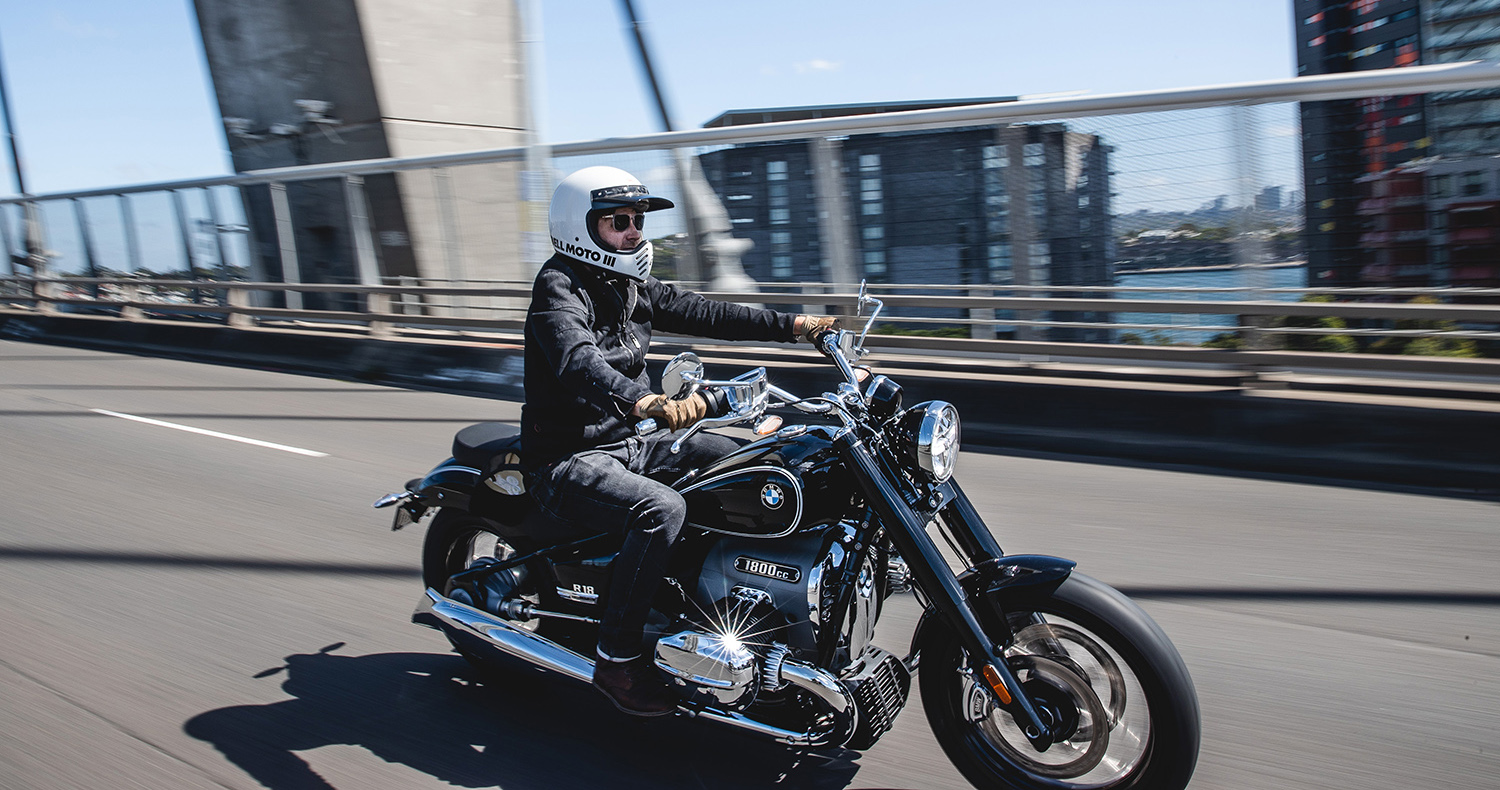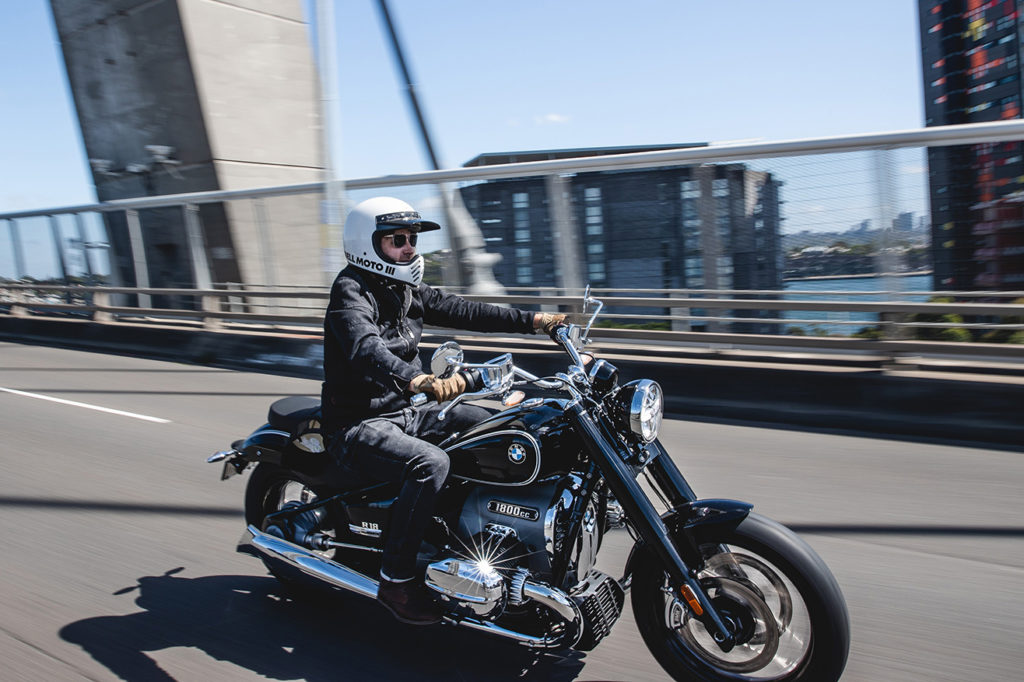
The wait for the production BMW R18 has been stretched out longer than the bike’s double loop steel tube frame. Back in 2018 they teased us with a custom build from Custom Works Zon at Mooneyes in Japan. Then, in 2019, they revealed the Revival Cycles ‘Birdcage’ at the Handbuilt Show – remember motorcycle shows? Then later that year the official prototype was launched at the Concorso d’Eleganza on the shores of Lake Como, Italy. Unlike previous BMW prototypes launched at this exclusive gasoline gala, this one actually managed to roll off the production line in Berlin last year – albeit almost 3 years later.
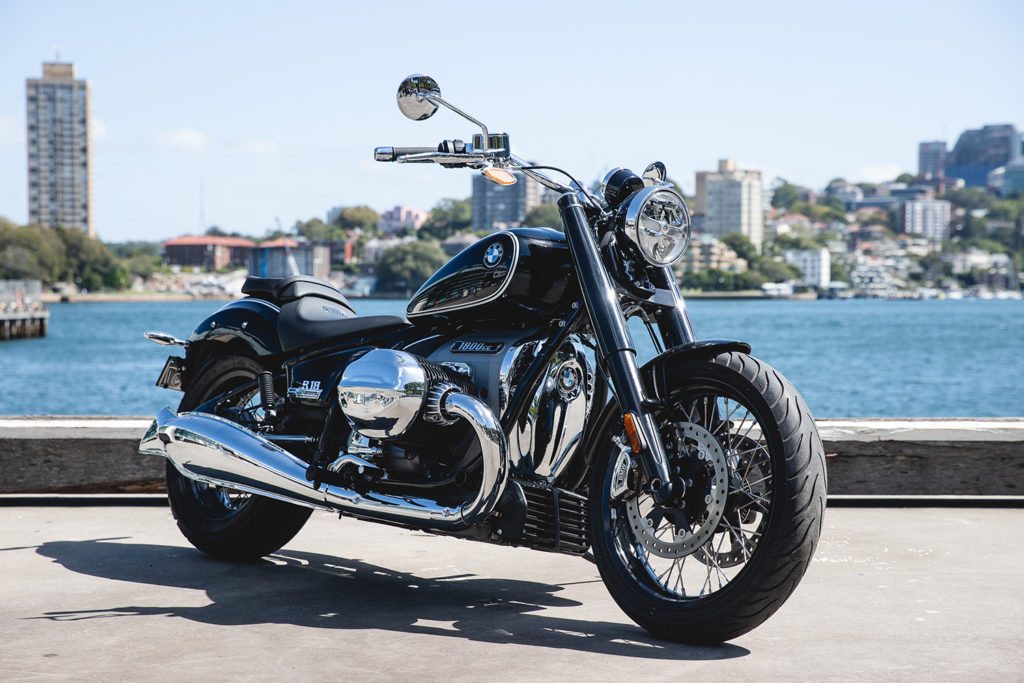
I’m not going to lie, when I picked up the BMW R18 from the local BMW dealer for a two-week test ride I was a little taken back by how big it was. Of course I’d seen the photos and videos, but it’s like seeing an NBA player in the flesh – it puts their true size into perspective. It is, without exaggeration, the biggest bike I’ve ever ridden. The first thing the grinning sales guy showed me was the reverse gear. Yes, it’s that big it needs reverse. At the time I thought I wouldn’t need it, but that all changed a few hours later when I was parking the bike on a steep hill and the reverse function saved me. This function is an optional extra but is definitely worth it to get you out of trouble.
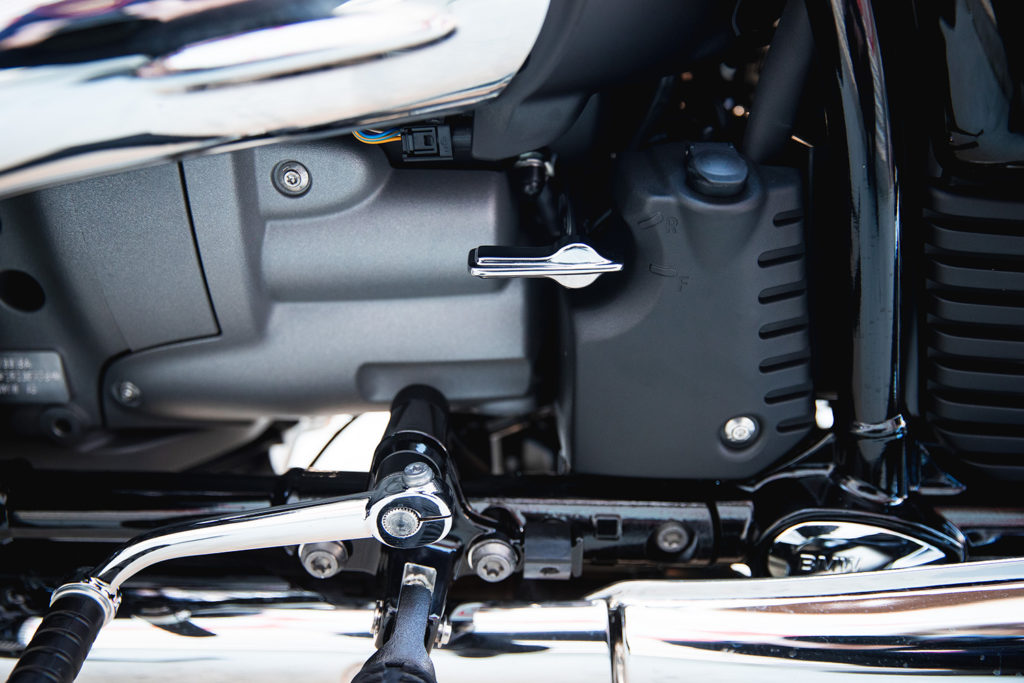
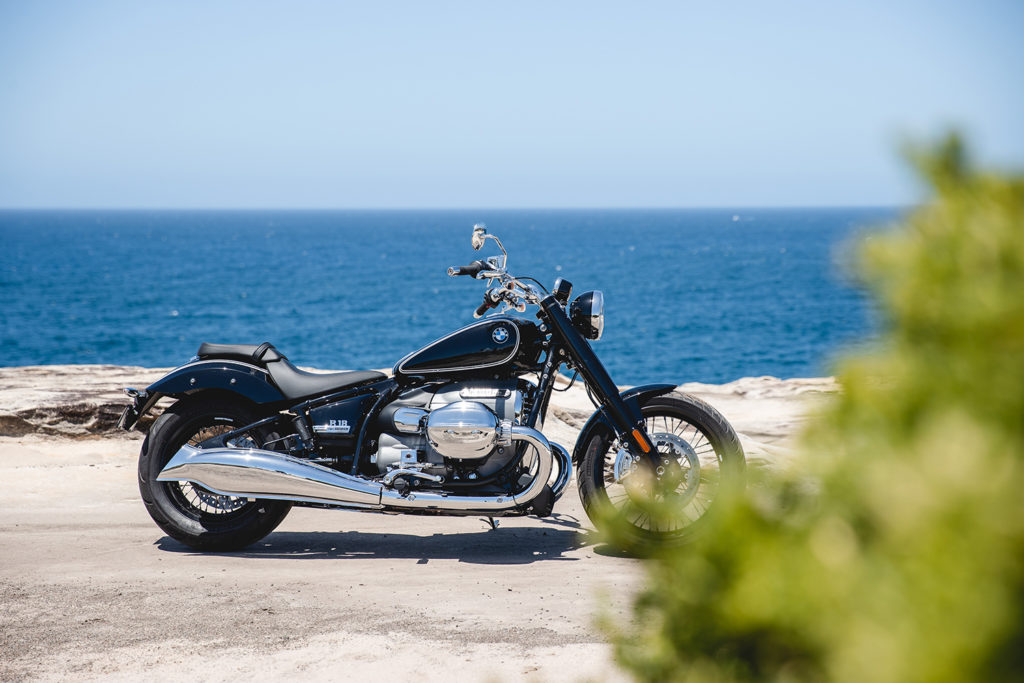
There’s no denying it’s aesthetically appealing. It looks good from every angle. The design team at the Berlin HQ nailed the brief: to build a modern-day classic cruiser using the 1936 R5 as inspiration. The R18 looks timeless. I had numerous people come up to me asking how old the bike was – and many were gobsmacked when I told them it was brand new. That in itself is a testament to the design. I’m willing to wager that the R18 will become a future classic in 20 to 30 years.
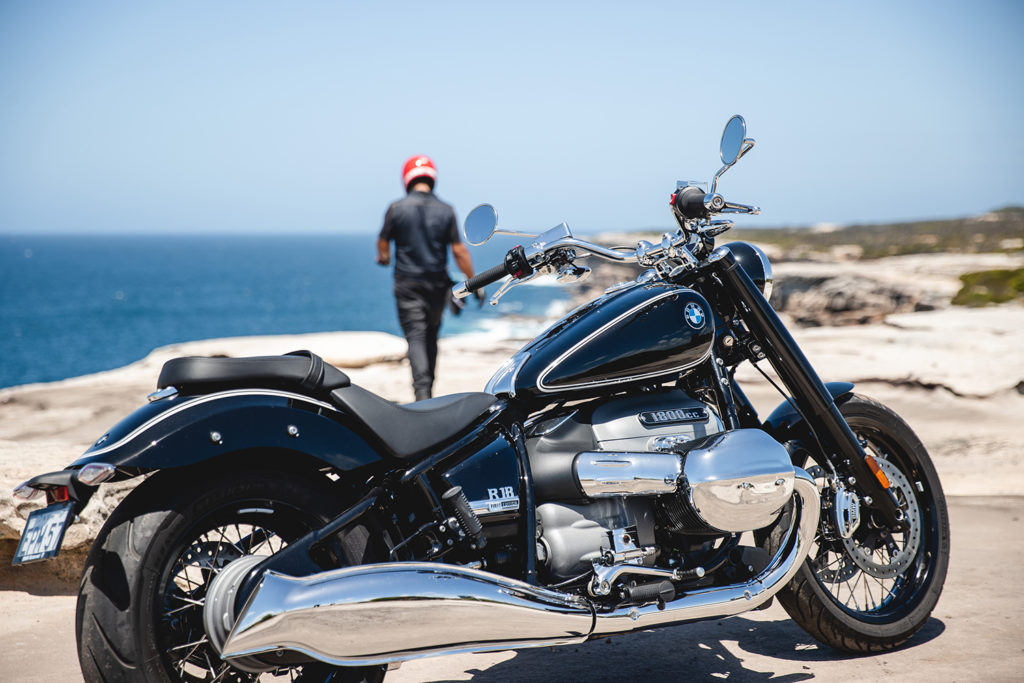
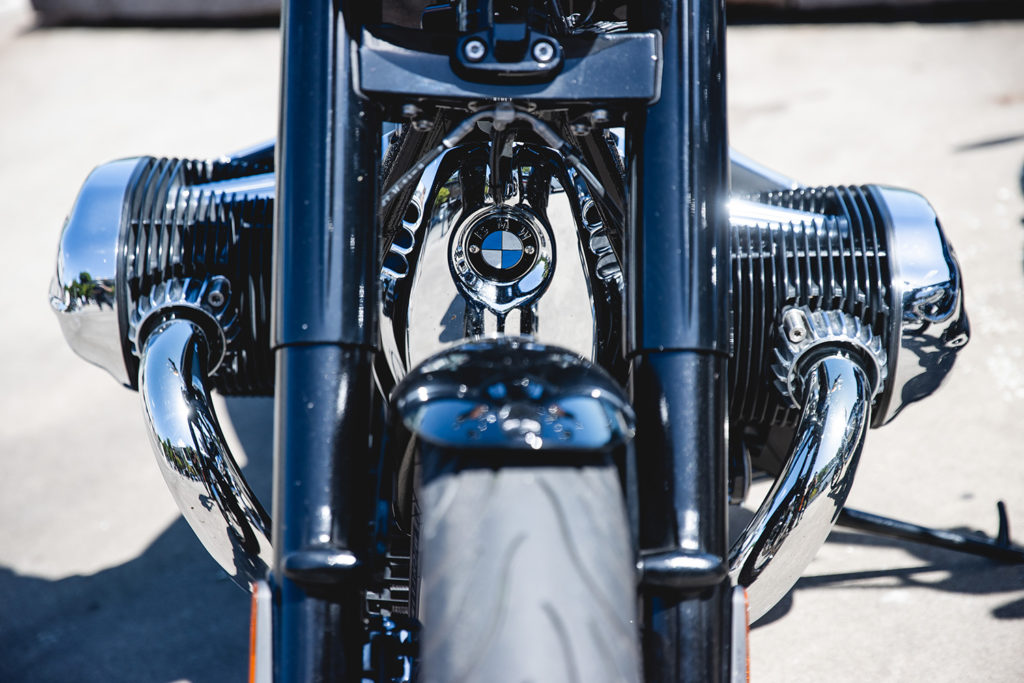
Moving on to the heart of the motorcycle, and probably the most talked-about feature – the engine. It definitely has a big beautiful heart, and is the biggest BMW has ever offered. In fact, it weighs 110 kg (244 pounds), which is a small bike unto itself. The 1802cc two-cylinder boxer engine has the most displacement of anything they have ever built – and more than most small cars. It delivers its maximum torque of 158 Nm at 3000 min-1. From 2000 to 4000 min-1, it always delivers a minimum over 150 Nm and 67 kW (91 hp).
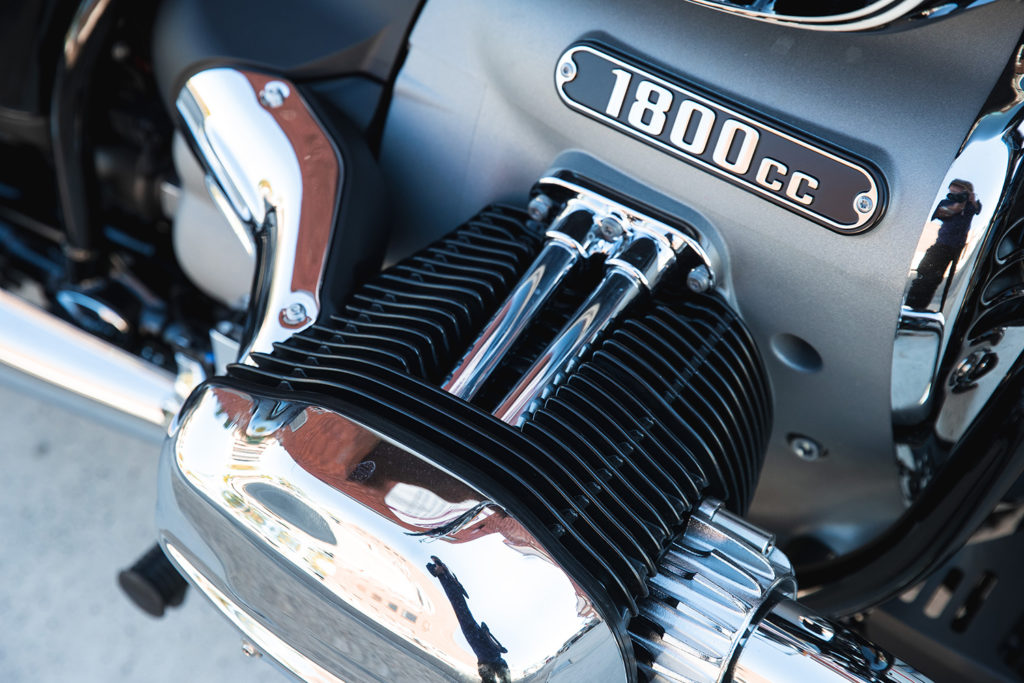
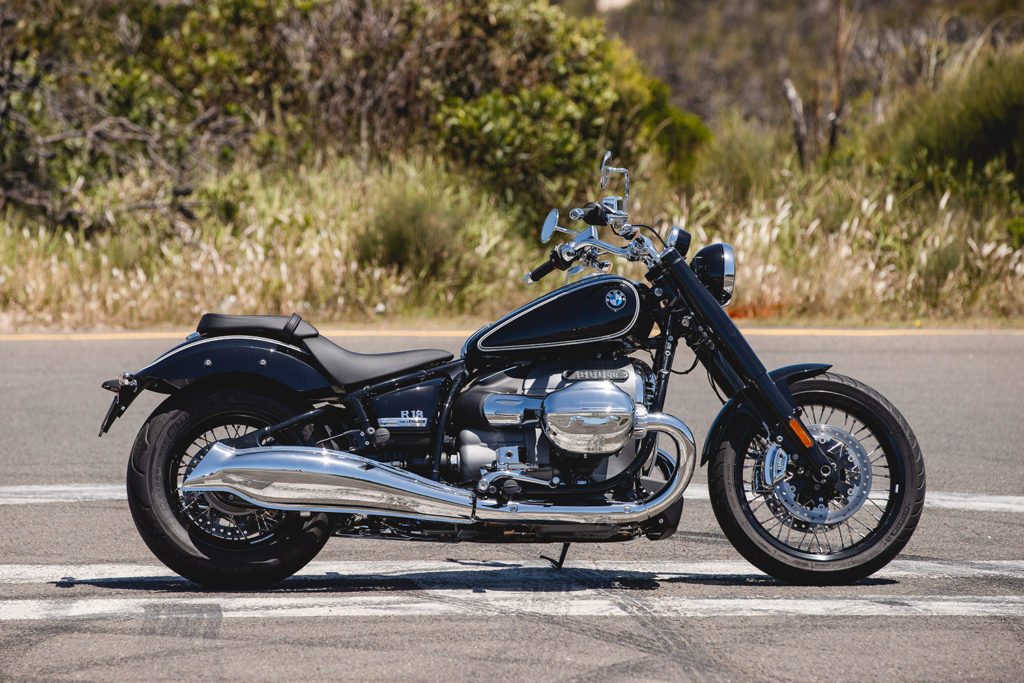
The huge fishtail exhausts on each side are the size of small dolphins and surprisingly only make slightly more noise. I don’t know what they weigh, but swapping them out for some lighter and shorter pipes would help the bike lose some fat and also give it some needed sound. I’m not a big fan of obnoxiously loud pipes, but I do love to hear the bike – especially a roaring 1800cc engine. For me, it’s just too quiet but it’s obviously an easy fix with lots of aftermarket pipes already available from BMW and third-party manufacturers like Vance & Hines.
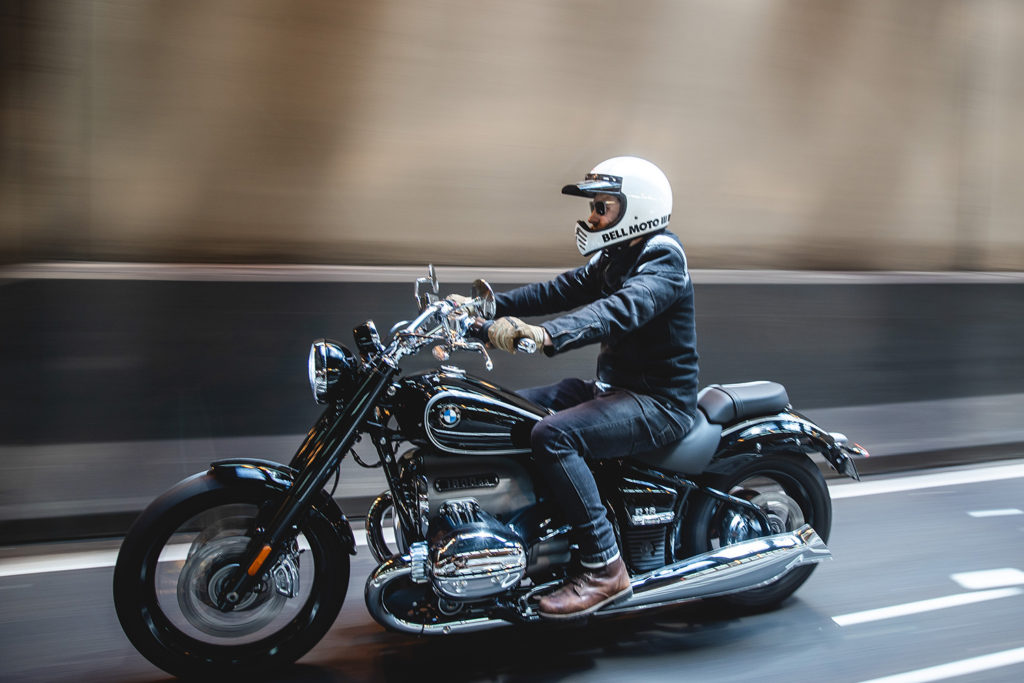
There’s been lots of banter about the larger boxer cylinder heads sitting in front of your legs when riding. Unlike most cruiser motorcycles that have forward controls, the R18 has mid-mounted controls. Although it’s a different riding position than Harley cruisers – you can’t stretch out your legs – when riding I didn’t find it that uncomfortable. To be fair, I am only 5’10, but I would imagine some vertically blessed humans may have some issues on longer trips. BMW’s solution to the negative feedback has been ‘footrest’ heat guards that sit onto the cylinder heads, allowing you to stretch out your legs while cruising down the freeway without burning your Kevlar jeans.
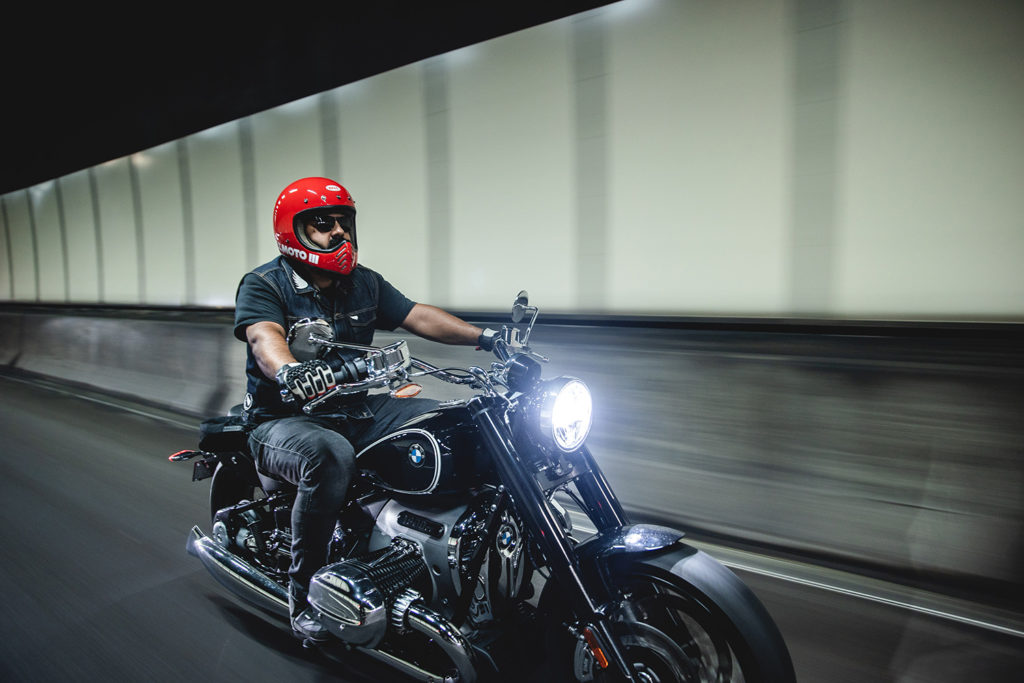
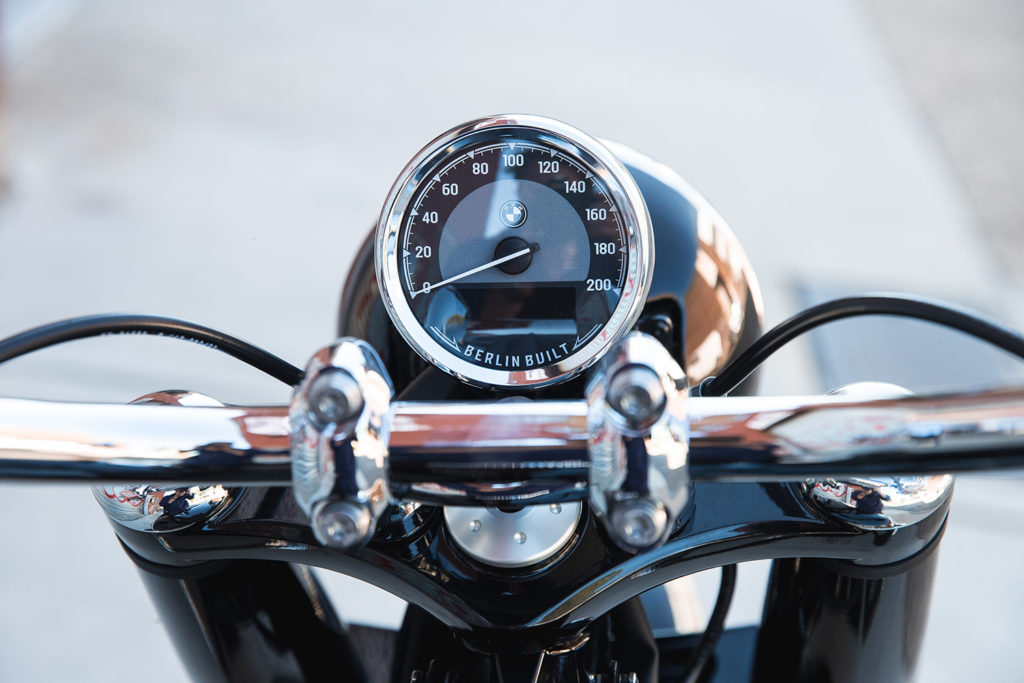
The minimalistic dash is a mix of analog and digital. The speedo and rev counter are analog and I love the simplicity of the unit. Flicking through the different settings is fast and straightforward. Most surprisingly, it has no fuel gauge: instead, a light turns on when you need to fill her up. This is a little problematic for a rider like me who usually milks every last drop of fuel before refilling.
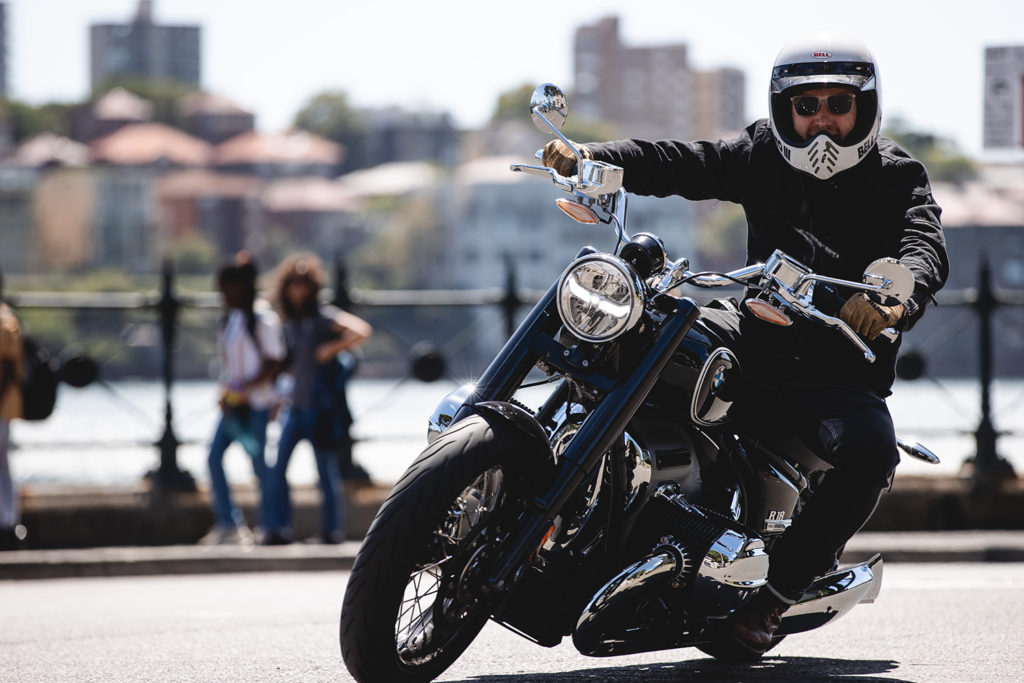
But what’s it like to ride? Like most boxer engines, when you start the bike up the crank shaft kicks the whole bike to the left. Because this engine is so big this little quirk is even more exaggerated. It is strange at first, but you do get used to it and I started to enjoy it by the end. Even though the bike is heavy, the weight is well-distributed. The seat height is low, the wheelbase is long, and the 32.7-degree rake angle on the forks all make for a stable ride. I was also surprised by how well it handles corners. The only negative is the ground clearance; scraping the pegs is inevitable. Obviously, the weight is less obvious at faster speeds, but when you are in the city doing lower speeds it really shows – especially doing smaller, tighter turns.
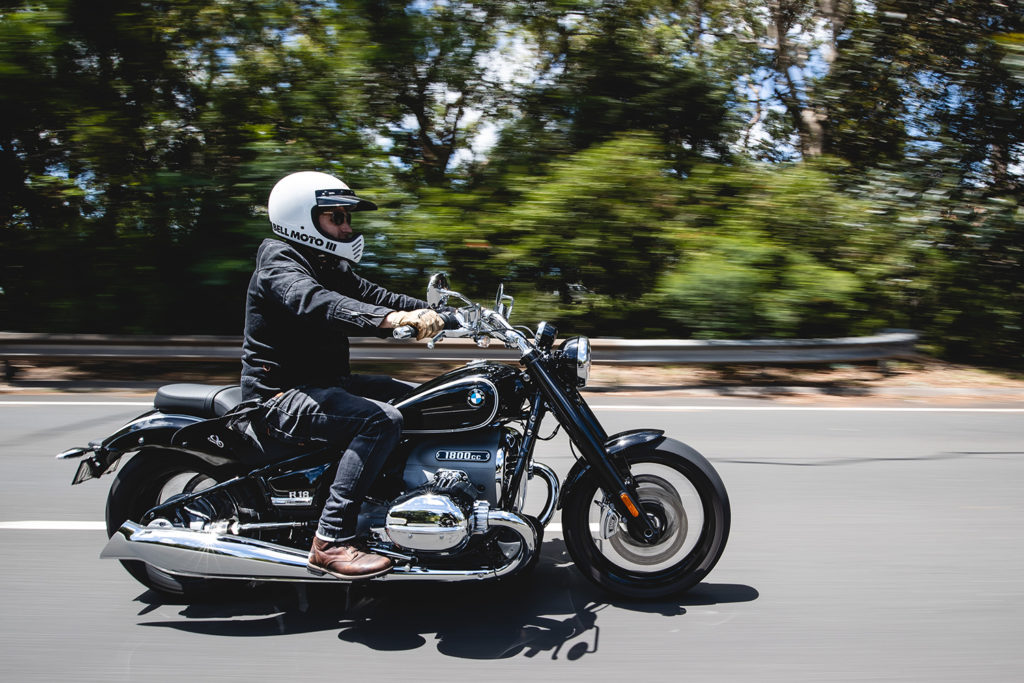
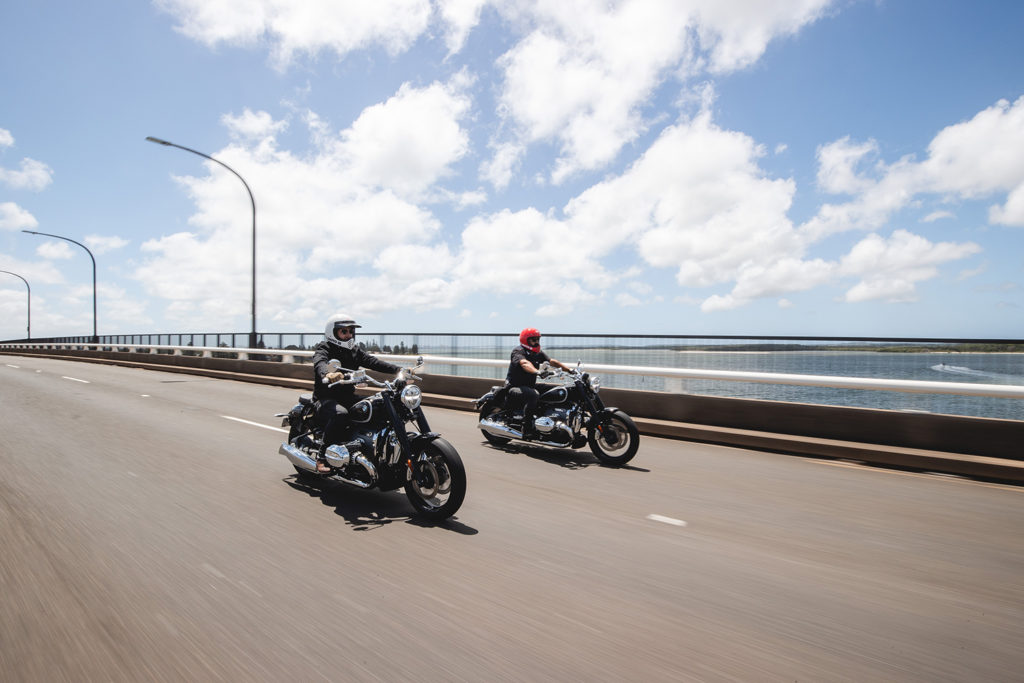
Hitting the freeway the R18 comes into its own – well, it is a cruiser after all. The bike pulls in any gear with little effort or strain, with plenty of torque on tap. The gearing is smooth and when you hit sixth gear it feels comfortable at high speeds for long distances. The only downside is the wind resistance: with wide bars and no fairing, the lack of aerodynamics takes its toll on your body after a while, but that’s the sacrifice you make on a naked cruiser.
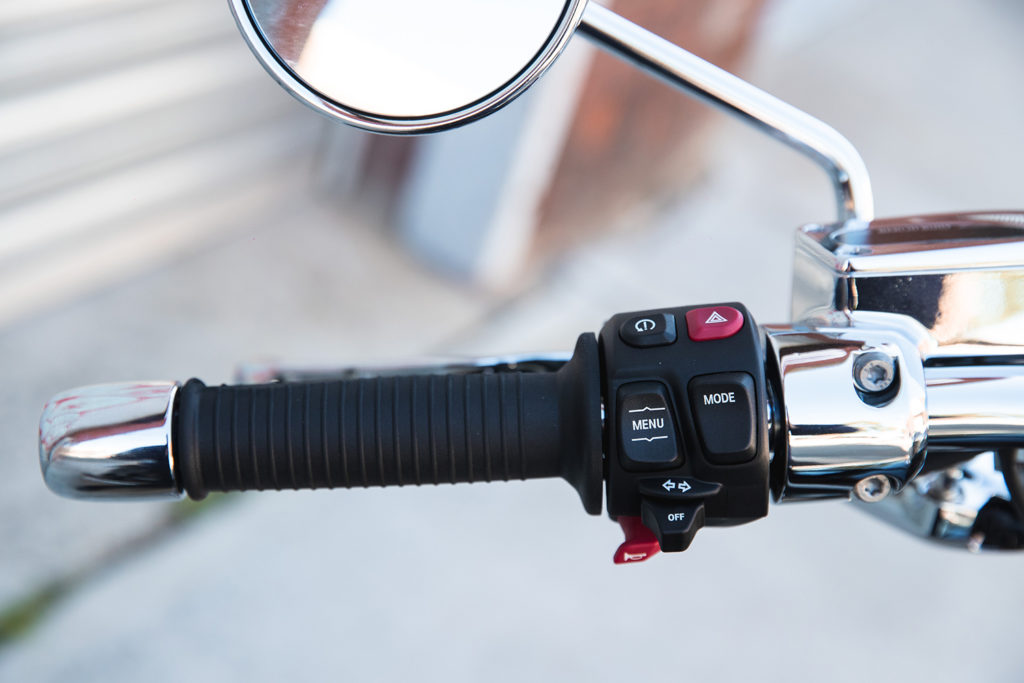
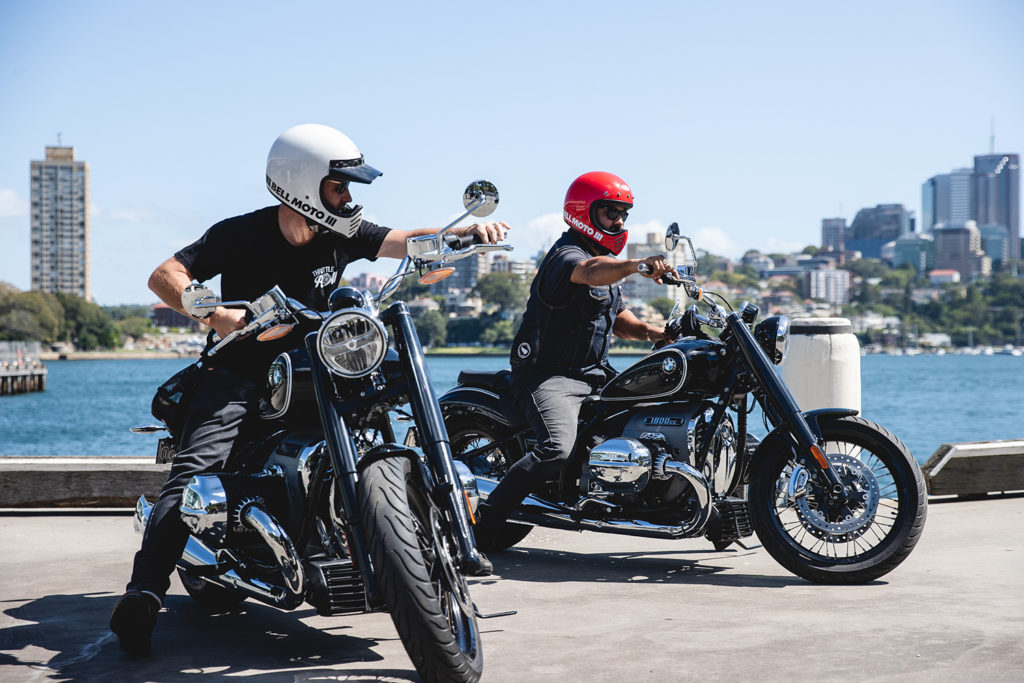
The bike has three riding modes: Rain, Rock and Roll. The Rain mode does what it says on the tin, being the safety mode and turning this beast into a mild-mannered motorcycle. When I first switched to this mode in some light rain, I thought the bike had died on me. It becomes so restricted that it feels like the 1800cc engine had been magically switched to a 250cc. The Rock mode is what I did the majority of riding in; it’s the ‘Bavarian beast mode’ which has the best throttle response and feels like it’s pumping out the most torque. The Roll mode sits somewhere in-between Rain and Rock and I’m not really sure why you’d choose it over the Rock mode.
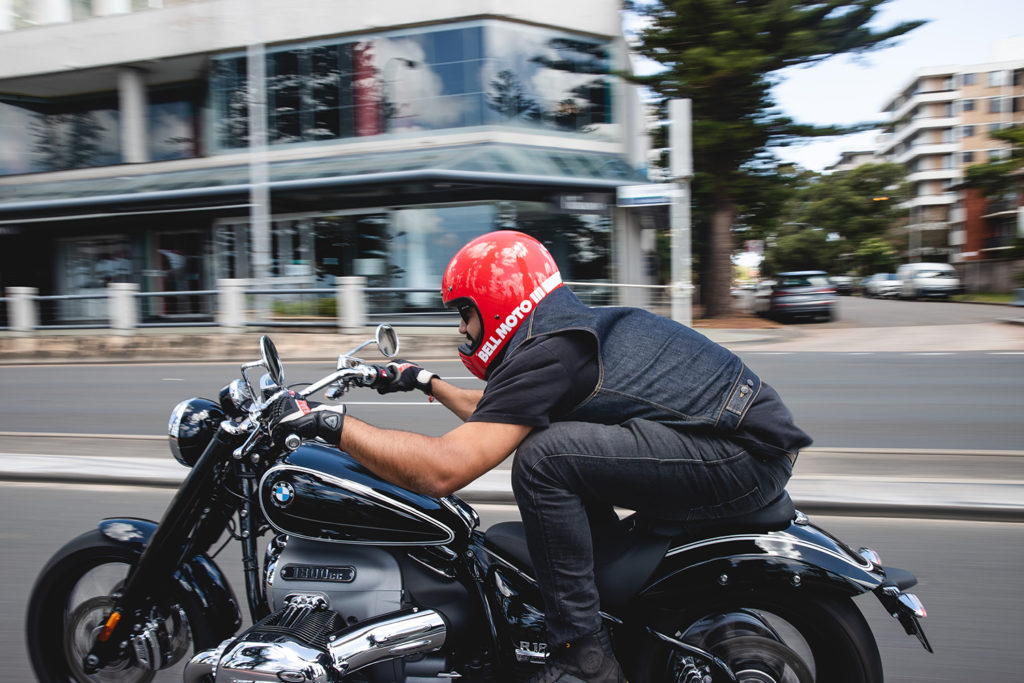
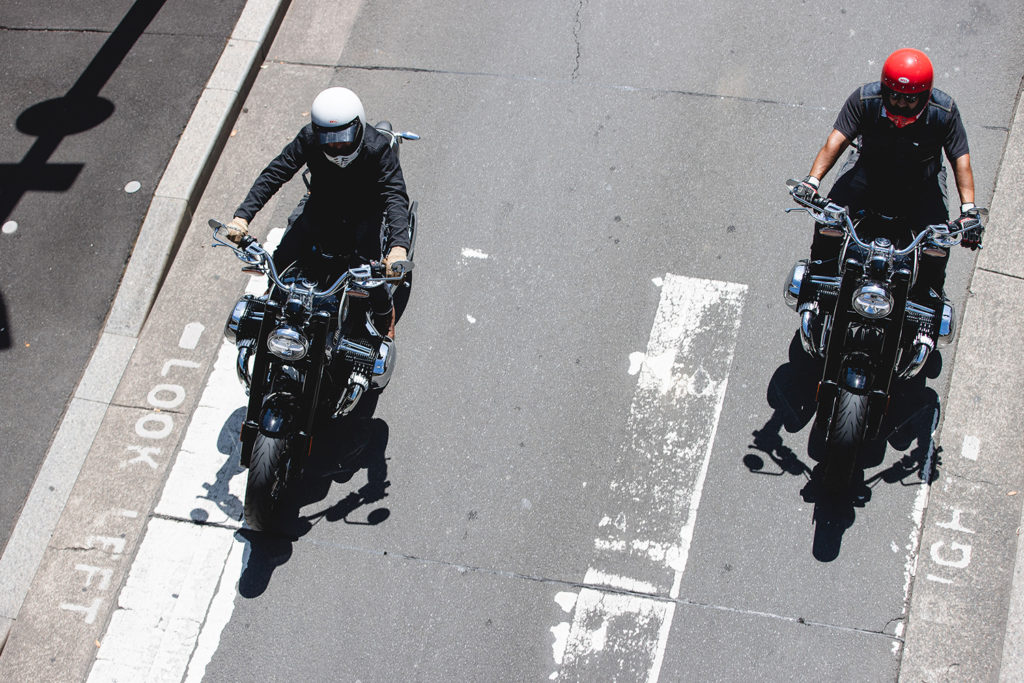
A bike this big needs excellent stopping power and BMW haven’t skimped here, using BMW-branded double disc brakes on the front and single disc at the rear in conjunction with four-piston fixed callipers. The bike is also equipped with BMW Integral ABS that adapts the distribution of brake force between the front and rear brakes.
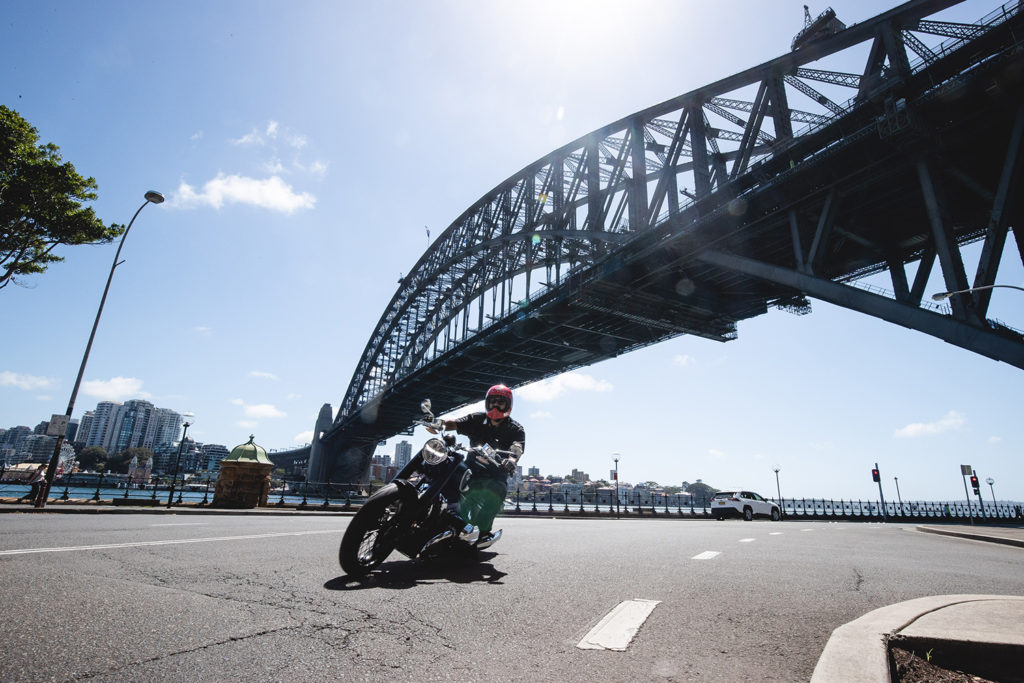
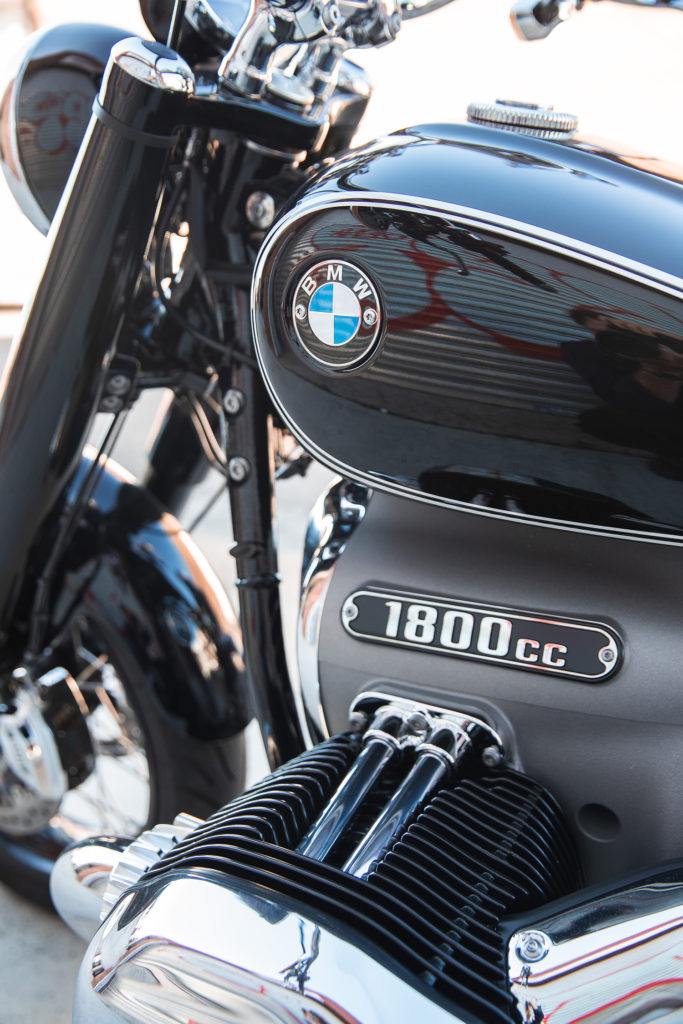
The best-selling point on this BMW might just be that it’s not a Harley-Davidson. A lot of people in this cruiser segment who don’t buy into the HD brand now have another viable option. We can only wait and see if this bike appeals to the hard-core cruiser market; maybe cashed-up BMW loyalists will be adding one to their garage to sit next to their GS or R nineT. From what the local BMW salesman told me, they are already selling well and most people that test ride them end up forking out the cash. In Australia the prices start at $26,890 ($17,500 USD) and the limited run ‘First Edition’ – which we were riding – starts at $33,690 ($19,870 USD).
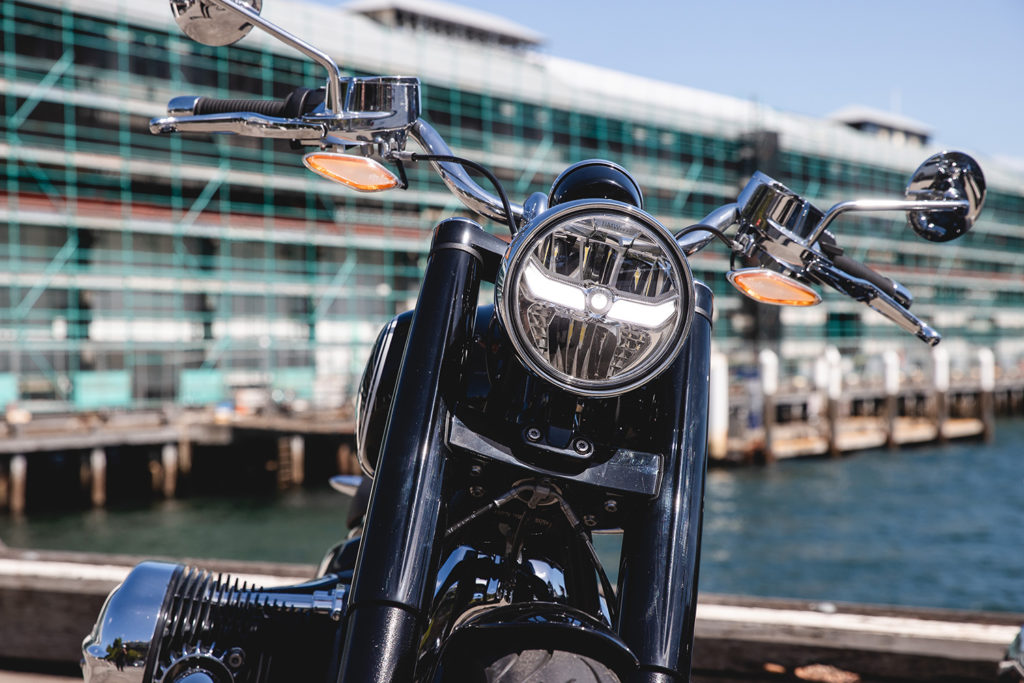
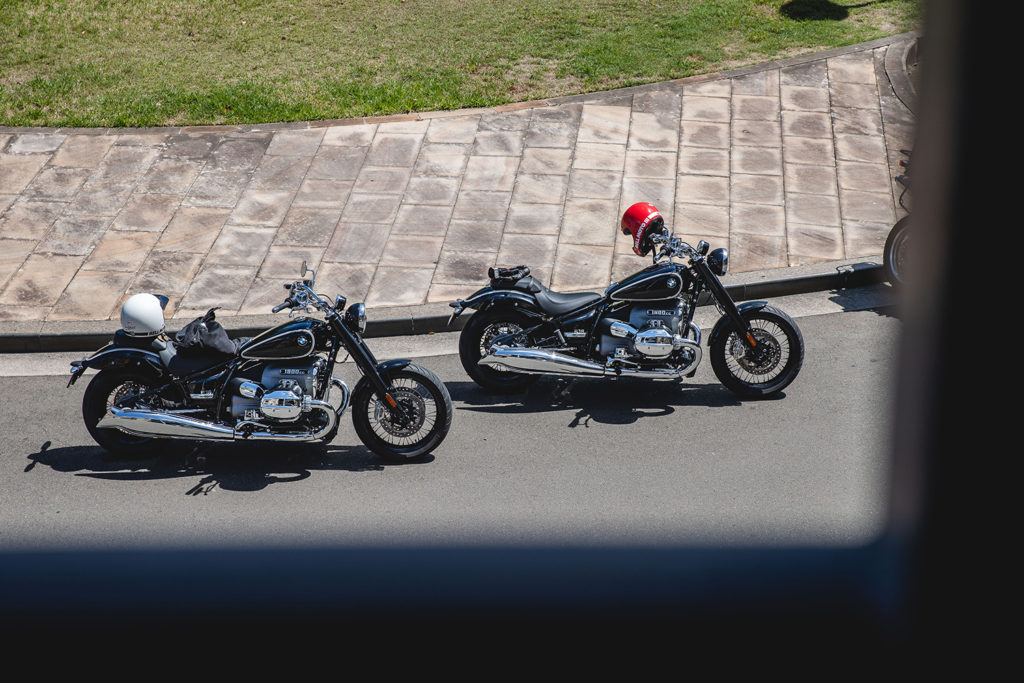
All in all, it was a blast to ride and had me grinning whenever I took it out for a spin. For me personally, I think the design is beautiful and the finish is what you’d expect from the German manufacturer – with all its chrome and classic good looks. But it’s not a bike you’d buy as a daily rider, especially if you’re navigating heavy traffic on your commute each day. But, let’s be realistic – that’s not what it’s designed for.
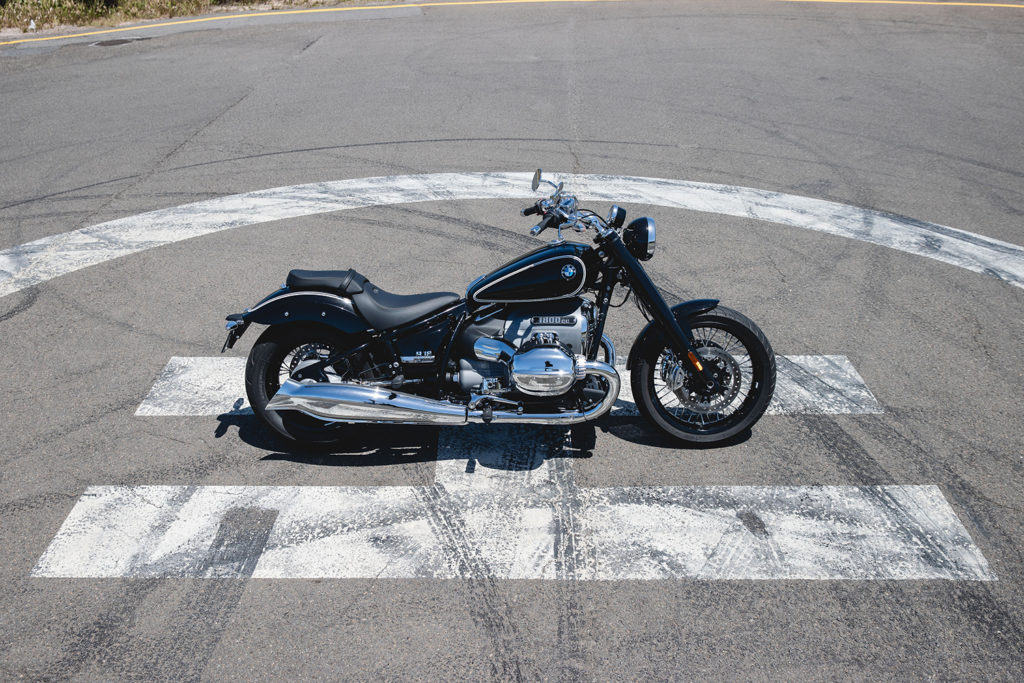
[ Photography by This is Moto Co. ]

